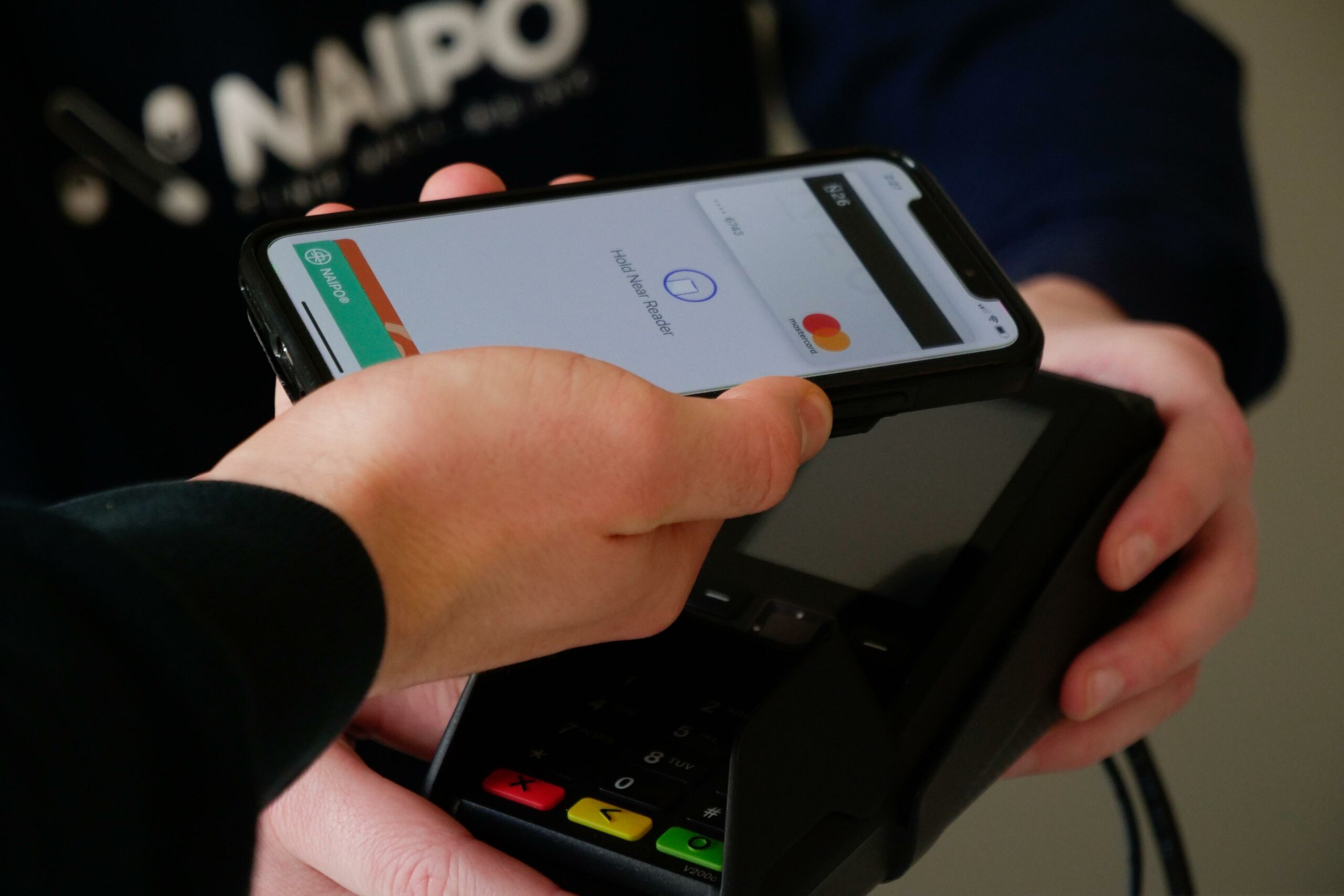Although it may seem that contactless payment came to rise over the last year, it has actually been around for several years. The technology to use contactless payment is grown, exponentially, which can be attributed to the coronavirus. In addition, the adaptation of contactless payment has grown and in some ways, forced on restaurants.
A recent study shows that customers have grown to prefer contactless payment and in some cases now expect it. Meaning it’s time to know more about the payment method and how you can successfully implement it.
Understanding “Contactless Payment”
To start, it’s best to fully understand what exactly contactless payment means and includes. The idea by this concept or term is that payment is taken by an establishment from a patron without ever coming in contact with or touching each other. It also applies to having no physical contact between a customer’s card and the point of sale system.
As a result of these actions, customers can use their mobile device to display their credit card for scanning. Or they can use their credit card or debit card to pay. This essentially brings about the end of using cash to pay.
Your establishment may have the ability to accept credit cards or debit cards, but can it accept mobile payments? If not, it’s time to upgrade so that it does because this is the future of payment.
Different Types of Contactless Payments
Since contactless payment is a broad term, there are different types of payment that use different technologies to complete the transaction.
Payments from mobile can include Google Pay, Apple Pay and more. These use Near-Field Communication (NFC) to complete a payment. NFC falls under the RFID umbrella, but only works when in close range. Thus preventing you from paying for someone else’s meal while in the same restaurant. In order to accept this payment type, your establishment would need NFC-enabled payment readers.
When customers enroll in contactless payment options on their mobile device, the programs and applications create a unique code or token for each card. Then when a customer brings their mobile device within close proximity or range to the RFID-enabled reader, it decodes the token to accept payment.
Another contactless payment method is allowing customers to insert their credit card or debit card on a NFC-enabled, EMV-compliant reader. In this scenario, credit cards and debit cards have the payment info embedded in the chip which creates a unique token for each transaction. Making this payment method even more secure than swiping a magnetic stripe.
Both of these payments methods are secure using technology, but also provide customers with opportunities to pay without having physical contact with restaurant employees.
Benefits of Contactless Payment
It may seem that implementing a contactless payment process to your establishment will be a lot of hassle. However, it is the future of payment and it provides a variety of benefits to you and to the customer.
- Speed
With less handling of cash or customers having to input a pin, contactless payment makes the transaction faster and easier. It’s estimated that a contactless transaction takes roughly 15 seconds to complete, reducing lines and wait times.
- Effortless
Similar to speed, using contactless payment options can be effortless for customers. Having their payment information readily available on their phone or wearable device makes it easier for them to quickly and effortlessly complete transactions. They don’t have to worry about forgetting their card or finding it in their purse.
- Secure
As mentioned above, these payment methods are more secure than cash transactions or even using a magnetic stripe. Encrypting the payment info and data makes it harder for hackers to steal and decode. It also helps in preventing fraudulent payments.
- Space
Most chip readers are much smaller than traditional tills. They may even have just a simple reader that attaches to a mobile device. This allows for more space at your pay station or counter.
These are just some of the benefits that you will see with contactless payment. In the end, it seems that this type of payment works better for both the customer and the establishment.
Moving Forward
As we attempt to move forward in a post-pandemic world, we will continue to see more implementation and adaptation of contactless payment. Customers have become accustomed to being able to pay via their phone or credit card and will expect it in the future.
While there are a variety of ways to accept payment without touching or coming in contact with the customer, it’s up to you to decide which is best for you and your food establishment. Because it’s time to move forward and serve customers in the best way possible.





0 Comments